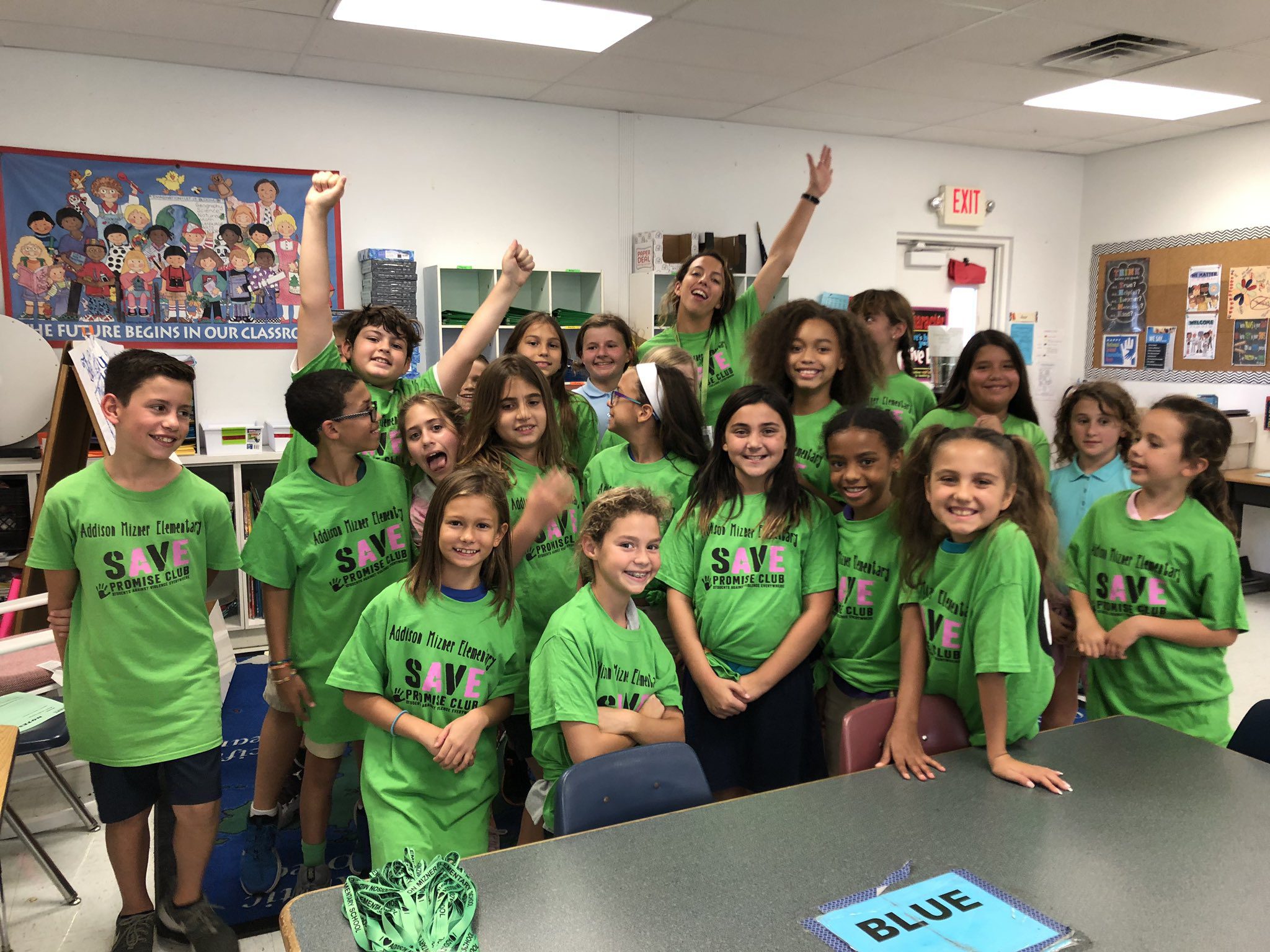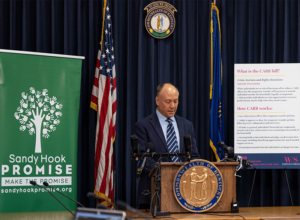Make this school year your best one yet. Our resources will help you build relationships, community, and bring a focus to empowering yourself and others to be kind, feel included, and work together to prevent violence in schools, homes, and communities.
Bookmark (and share!) this page for tools that we’re spotlighting for educators, students, parents, and caregivers to help launch a successful school year and support each other.
For Educators
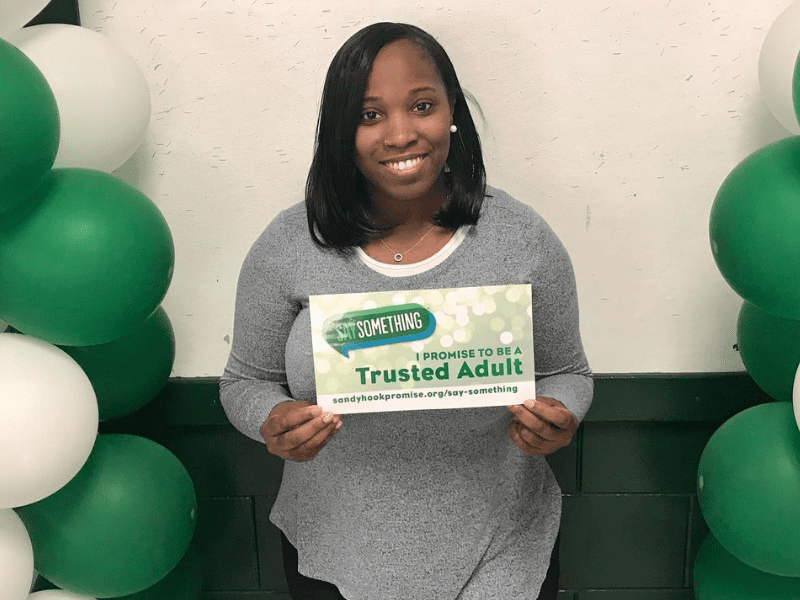
Get classroom and schoolwide ready with grade-appropriate, CASEL (Collaborative for Academic, Social and Emotional Learning) activities and ideas for Trusted Adults to build rapport with your students.
Kickstart Your Planning
Our Back-to-School Educator’s Guide aligns with the key messages in our proven Know the Signs programs. You’ll find creative ways for your students to connect in advisory, SEL class, morning meetings, homerooms, and SAVE Promise Clubs.
Start With Hello
Our proven no-cost program teaches students how to look for the signs of social isolation and increase empathy with their classmates. You’ll be able to access a planning guide, K-12 training, lesson plans, and more. Learn more.
Join our call-to-action week! Start With Hello Week is September 18-22, 2023. It’s open to any school or community organization that wants to create a culture of kindness and belonging. Register now.
Say Something Elementary
Get your elementary classrooms and schools ready for the new year with the EdTech Award Cool Tool finalist Say Something: Elementary Animated Series!
Our proven violence prevention program, Say Something, has been adapted for students in grades K-5 in a blended learning series. Say Something: Elementary features all-new and improved curriculum with engaging characters in interactive storybooks, educator guides, videos, and more in our online Learning Center. Registration is free! Visit our Digital Library.
Get Educator News in Your Inbox
Join thousands of educators on the latest news and ideas to empower your students to reduce violence and impact their school and community.
Have other ideas on easing the transition back to school? Share with us on Facebook, Twitter, Instagram, and LinkedIn! Or email [email protected].
For Students and SAVE Promise Clubs
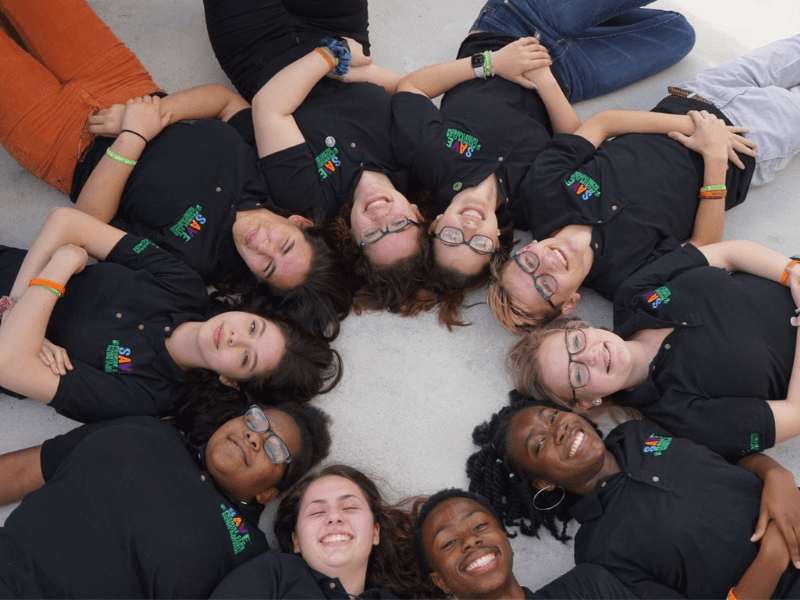
A new school year can be both exciting and challenging. These resources can help you support your peers and school community.
Watch for Warning Signs
Learn and share the 10 warning signs of someone at risk of hurting themselves or others and “say something” to a Trusted Adult.
Start or Join a Club
Students Against Violence Everywhere (SAVE) Promise Club empowers youth to take charge of keeping their schools and communities safe. Get started at your school!
Find Inspiration
Embrace your unique power! Tennessee State Representative Justin J. Pearson shows you how. Read his inspiring journey and experience as a former Sandy Hook Promise Youth Advisory Board member.
Uplift BIPOC youth voices. Gun violence prevention advocate Lena Kalandjian (also a former Youth Advisory Board member) tells you how you can help.
Make an Impact
Youth are leading the culture change and building a movement. Let’s do this together! Here are youth-centered actions you can take (and some only take 5 minutes)!
For Parents and Caregivers

Your role as a Trusted Adult in your child’ life is more critical than ever. Students of all ages often face mixed emotions and uncertainty on their return to school. Trusted Adults are the parents, guardians, educators, and caretakers who are present and actively involved in kids’ lives and help to provide a safe space for their mental health and well-being.
- Read the “Cornerstone C’s Checklist” and get tips for Trusted Adults.
- Know your school safety plan. Sandy Hook Promise’s Guiding Principles of Threat Assessment outlines strategies for school community stakeholders like you to start the conversation at your school.
For Everyone
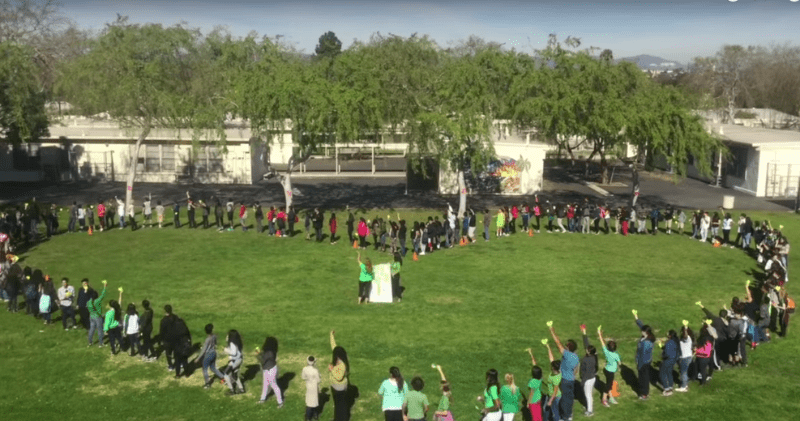
The Sandy Hook Promise mission is to educate and empower youth and adults to prevent violence in schools, homes, and communities. Join more than 9,000,000 people who have already made the Promise to protect children from gun violence.
Spread the Word! Raise awareness on social media with our action kit. Honor with action and stand with us to #ProtectOurKids from gun violence.
